Tourism and Wildlife Cabinet Secretary (CS), Dr. Alfred Mutua, has announced plans to ease the process of registration of conservancies with umbrella conservancy associations and Kenya Wildlife Service (KWS) to make it easier for communities to get support from development partners.
“Privately run wildlife conservancy is a model that has worked well for Kenya and the government will support all initiatives critical in the running of established conservancies,” said the CS.
Wildlife conservation and community involvement in the venture has today marked a milestone with the Mara Wildlife Conservancy Association celebrating 10 years since its inception. The association brings together 24 conservancies in the Mara and it’s a corner-stone in bridging the gap and creating greater collaboration between communities and conservation groups.
The CS spoke of the paradise that is Maasai Mara and called for concerted efforts to preserve this heritage.
“In the beginning, God created the heavens and the earth…He then created Kenya: the majestic mountains and hills the meandering rivers, the glorious lakes, the vast plains of Tsavo, Samburu, Turkana. And then He created the Maasai Mara and with that, He looked at His work and saw that it was not just good, but excellent and He knew He had done well. And then He realized something was missing. Ah, He then created the Maasai and knew His work was done. He had created paradise,” the CS told a cheering audience.
The CS acknowledged that conservation is facing immense challenges due to diminishing space for conservation as a result of increasing human population pressure and human activities. He said new strategies that will ensure a balance between human populations, development and the spatial needs of wildlife, which is our heritage and pride, must be crafted.
“We pride in wildlife conservation because Kenya is re-known as a wildlife safari country. To partly address the expansion of space for conservation, working with local communities through the conservancy model of conservation is paramount. I therefore, wish to commend the local community here for being steadfast in supporting conservation by providing their land for conservation,” the CS said.
Dr. Mutua said while the government encourages communities to co-exist with wildlife, it is aware of challenges posed to human life and property by wildlife. He said Human-Wildlife conflict is the biggest challenge facing conservation at the moment and in July this year, payments of more than 908 million as compensation for victims was commenced.
“The Ministry has also received Kes 1.1 billion this financial year and an additional Kes 800m to run the compensation scheme through a scheme administrator,” said the CS.
The CS announced that the compensation scheme administrator has already been recruited and processing of compensation claims will begin in earnest.
“In a nutshell the Ministry targets to clear all the pending compensation claims by 2026. We also want to make it clear that compensation is only a way of consoling victims and our prerogative should remain as the control of the human-wildlife conflicts from happening,” Mutua said.
Some of the measures the Ministry is undertaking to stop negative human-wildlife interaction include putting up fences around conservation areas while strengthening KWS to enhance its responsiveness.
The CS said his Ministry will continue supporting local community conservancies in Kenya by providing water and road infrastructure.
“We hope to expand that scope to ensure that we provide more support going forward. This year, we have set aside close to Kshs 500m towards this initiative as part of our administration’s commitment and testament of the commitment of the Government of Kenya to involve and put local communities at the center of conservation of our valued wildlife and biodiversity,” he said.
The CS said his Ministry will fortify efforts to mainstream the equitable sharing of natural resources by involving local communities and opening up more areas for conservation.
“I want you to take note that wildlife is a fundamental component of the tourism sector because about 70% of total tourist earnings are directly or indirectly wildlife driven,” he said.
Mutua reflected on the remarkable journey of the association since its inception. He highlighted the strides made in wildlife conservation, emphasizing the crucial role played by the community in safeguarding the rich biodiversity of the Maasai Mara. He applauded the association for its tireless efforts in empowering the local community. He spoke passionately about the positive impact on livelihoods and the sustainable development brought about by the conservancies.
The CS accompanied by Principal Secretary State Department of Wildlife, Silvia Museiya, underscored the importance of responsible travel. He stressed the need to maintain high standards in the hospitality industry while preserving the delicate balance of nature. The Minister urged a commitment to sustainable practices, ensuring that the allure of Kenya’s wildlife continued to enchant visitors for generations to come. During the event, pioneers of the association were recognized and awarded while a magazine celebrating a decade of transforming community conservation in the Maasai Mara was also launched.
The 10th Anniversary of the Masai Mara Wildlife Conservancies was also graced by the presence of United States ambassador to Kenya, Meg Whitman, who said the Maasai mara was a gem that must be protected collectively by the entire world.
“You haven’t lived until you have experienced the great migration in the Maasai mara. It’s a true wonder of the world,” said the envoy.
Also present at the event was Narok Governor, Patrick Ole Ntutu, Norwegian Ambassador to Kenya, Gunnar Andreas Holm, Swedish Ambassador to Kenya, Caroline Vicini, among many other dignitaries from the Narok county government and the conservation sector.

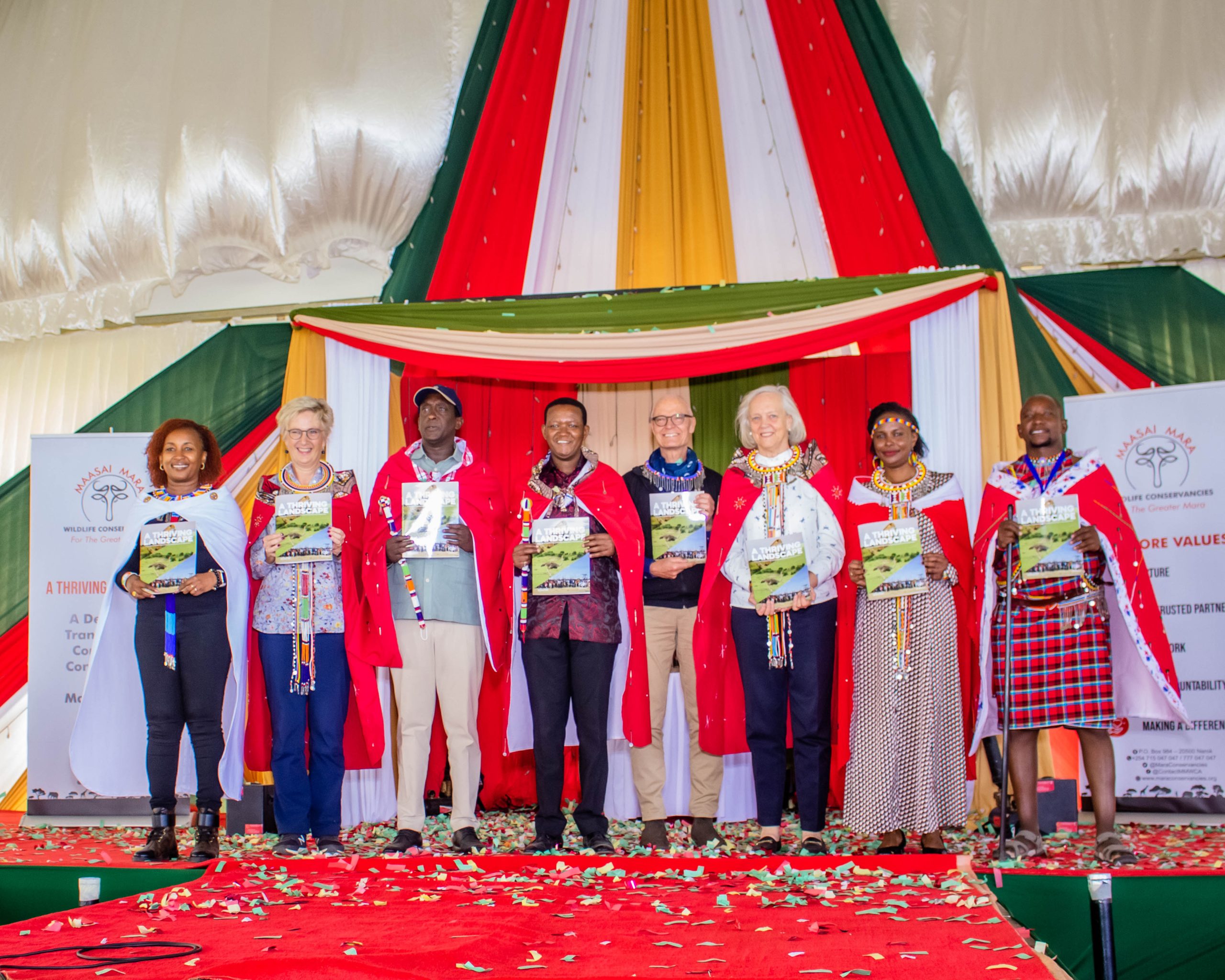
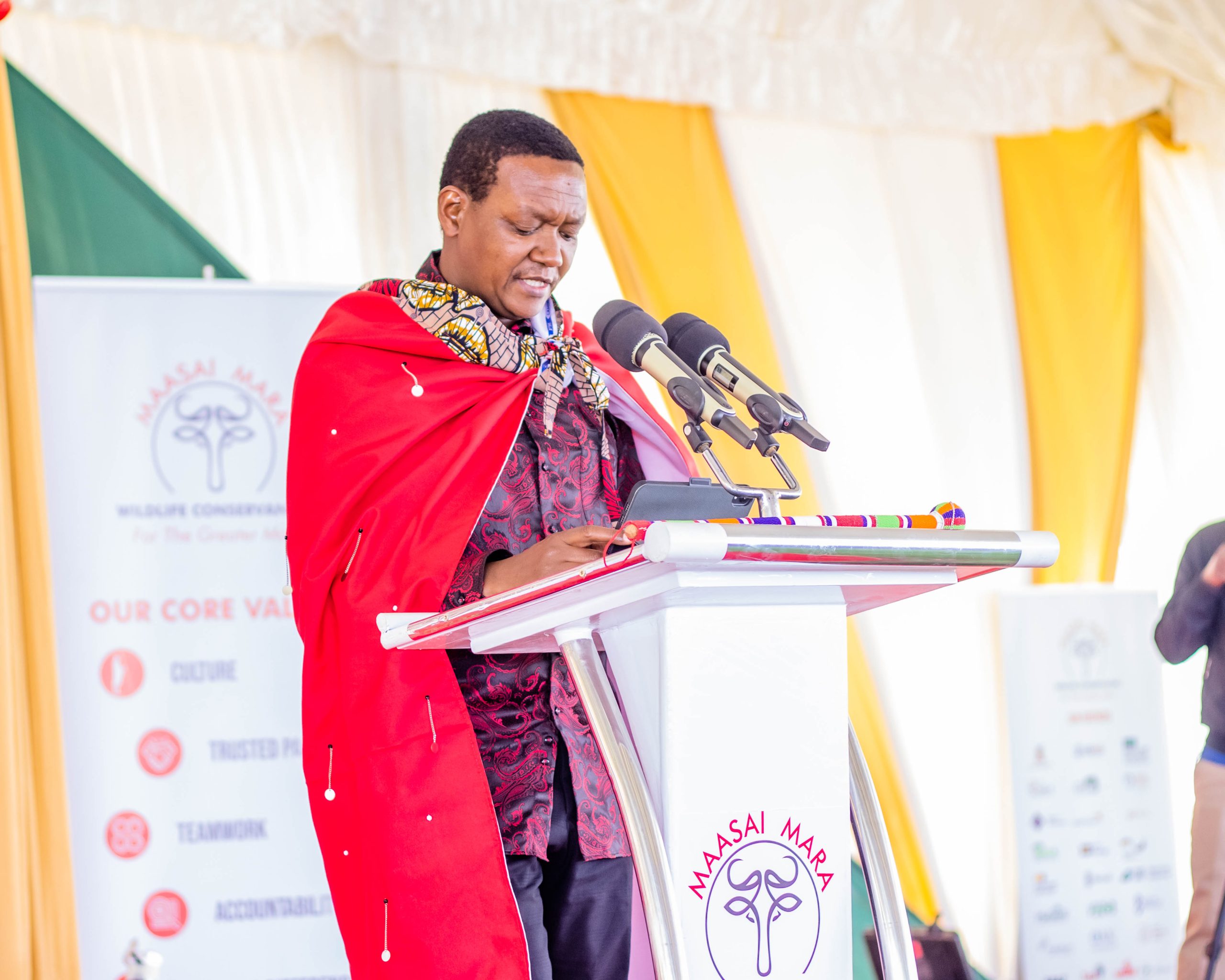
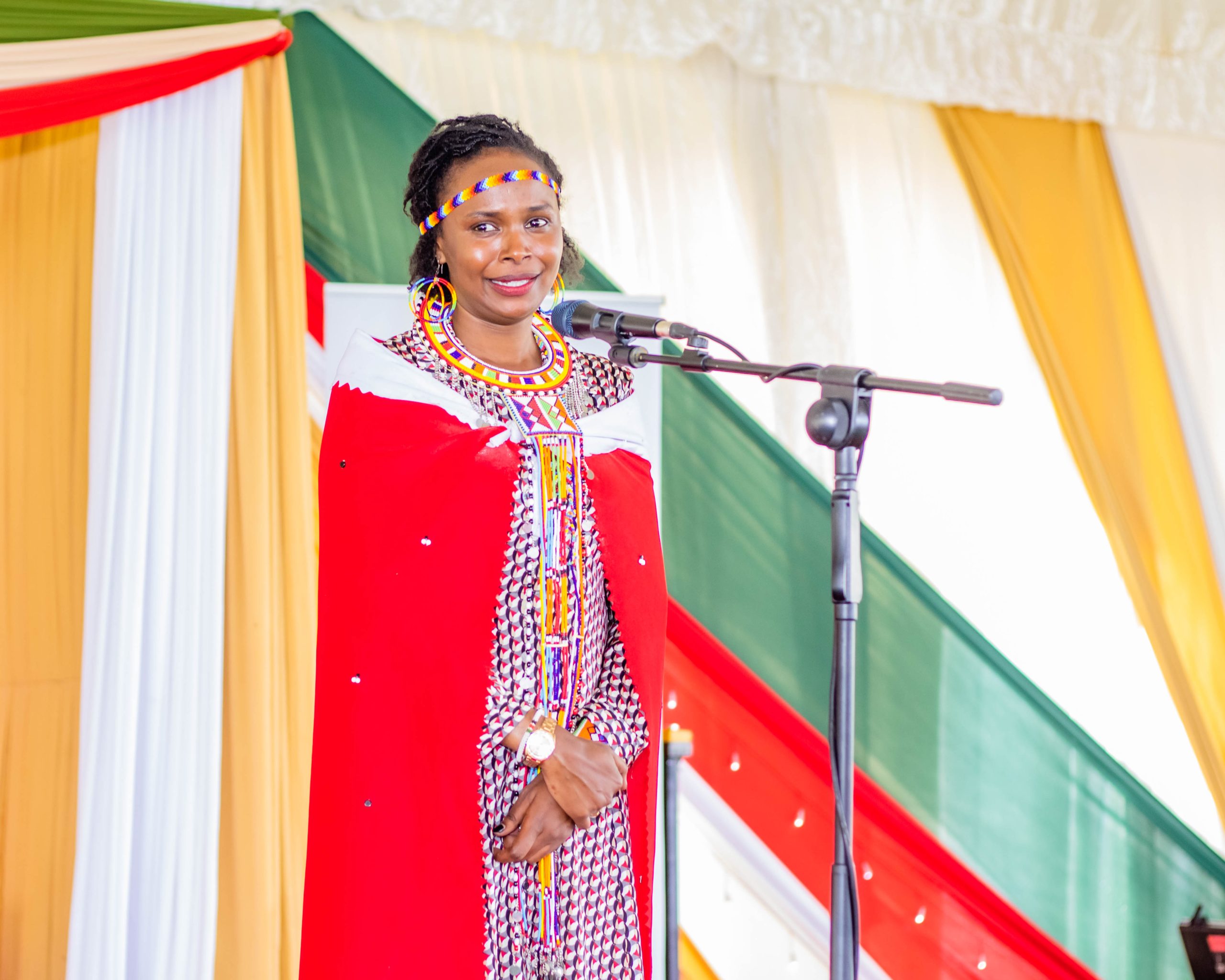
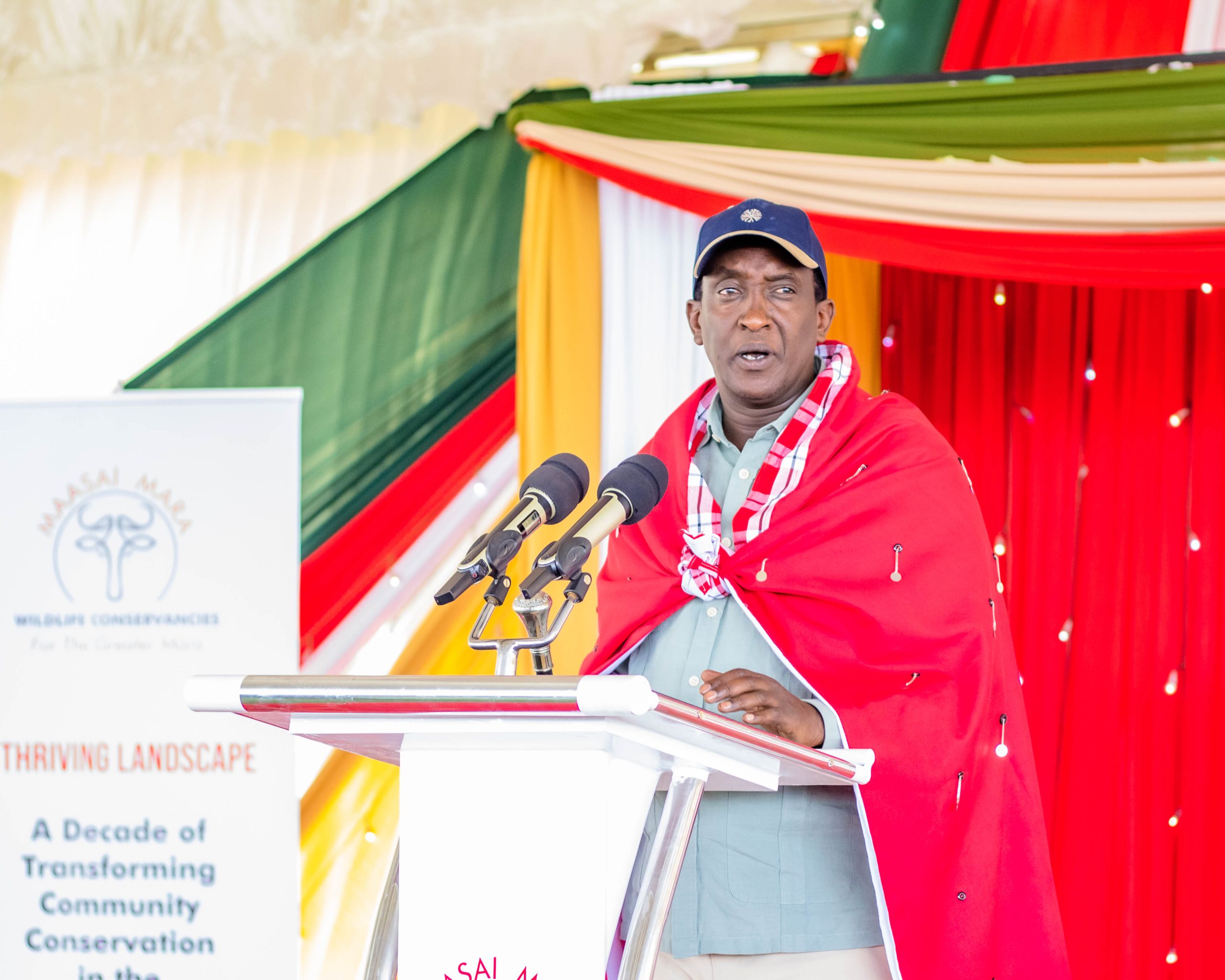
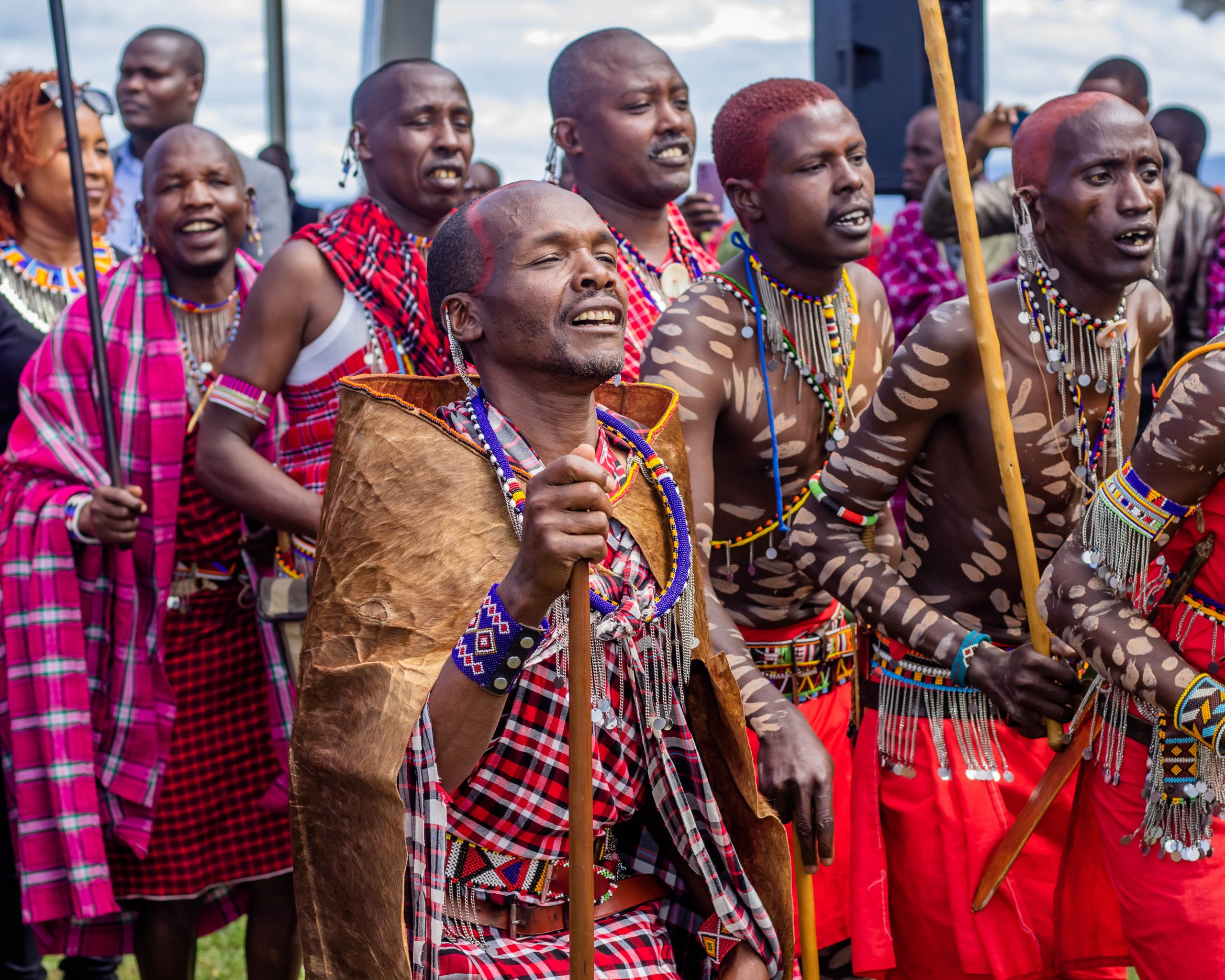
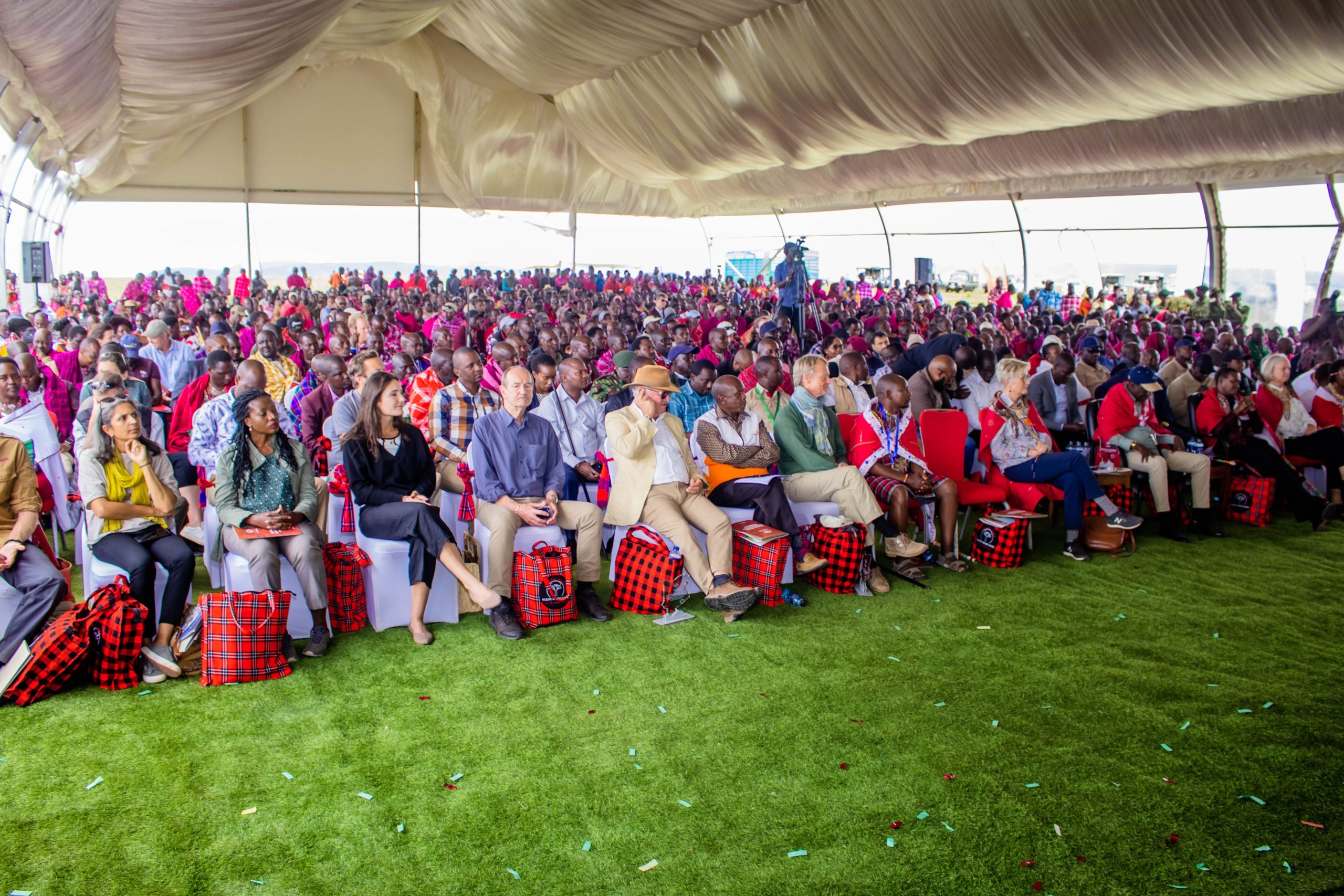







Leave A Comment